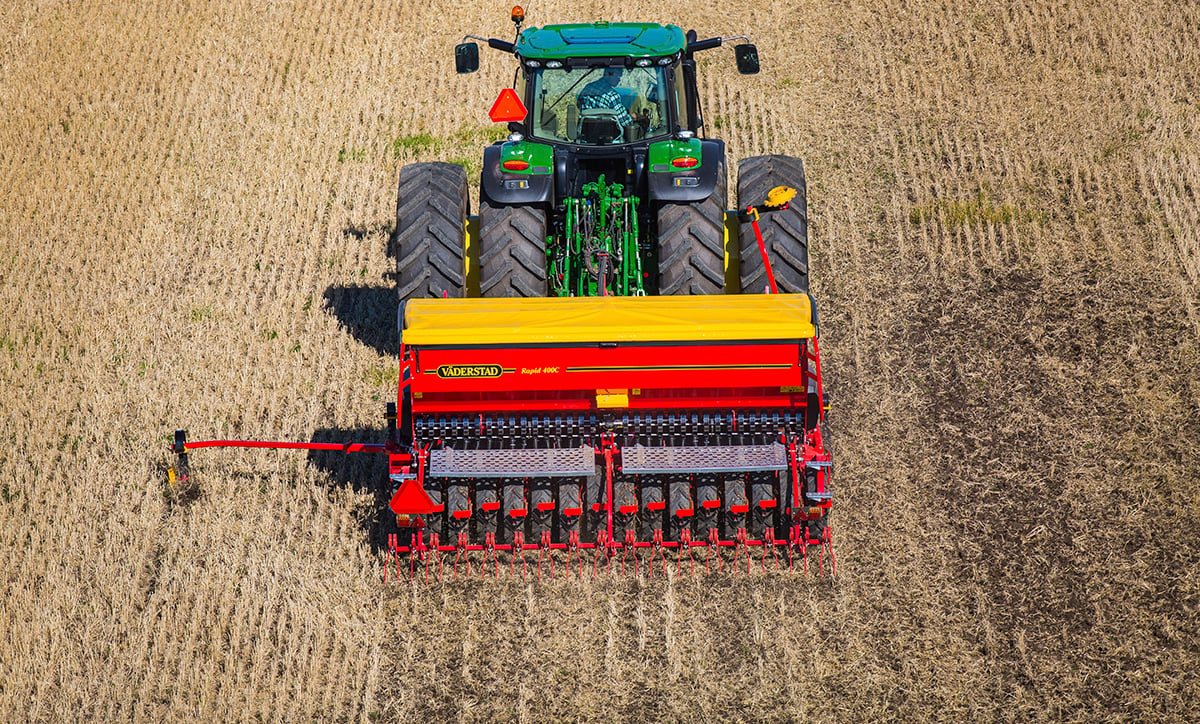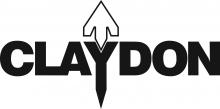Some of the key principles of direct drilling:
Minimal Soil Disturbance: The primary principle of direct drilling is to disturb the soil as little as possible. Unlike conventional farming methods that involve ploughing and extensive soil cultivation, direct drilling aims to create minimal disruption to the soil structure.
Residue Retention: Direct drilling encourages the retention of crop residues, such as stubble and plant material, on the field's surface. These residues act as a natural mulch, helping to conserve soil moisture, reduce erosion, and provide organic matter to the soil.
Reduced Soil Compaction: Direct drilling practices often involve the use of specialized equipment that exerts less pressure on the soil compared to traditional ploughing and cultivation equipment. This helps minimize soil compaction, which can improve root growth and water infiltration.
Crop Rotation and Diversity: Implementing crop rotation and diversification of crops within a direct drilling system can help break pest and disease cycles, improve soil nutrient cycling, and enhance overall system resilience.
Precision Planting: Precision planting equipment is used to create small openings or furrows in the untilled soil for seed placement. This ensures that seeds are properly spaced and at the correct depth for optimal germination and growth.
Weed and Pest Management: Direct drilling often requires different weed and pest management strategies compared to conventional tillage. These may include the use of herbicides, cover crops, and integrated pest management practices to control weeds and pests.
Nutrient Management: Nutrient management practices must be adjusted to account for reduced soil disturbance. This may involve the use of soil tests and targeted fertilizer applications to ensure that crops receive the necessary nutrients.
Monitoring and Adaptation: Farmers practicing direct drilling should closely monitor their fields and adapt their practices as needed. This includes adjusting seeding rates, selecting appropriate crop varieties, and addressing any emerging challenges such as weed resistance
Common methods and equipment
1. No-Till seed drills - Specialized planting machines designed for direct drilling. They create small furrows in the untilled soil and place seeds at the desired depth
2. Seed broadcasting - seeds may be broadcast or spread evenly across the field surface without any furrows or rows being created. This method is more common for certain types of crops, such as cover crops, The specific implementation of direct drilling may vary depending on factors such as climate, soil type, crop choices, and local conditions, so farmers often need to tailor their practices to suit their unique circumstances
3. Precision agriculture Technologies - advanced technologies, such as GPS-guided tractors and planting equipment, are often used in direct drilling to ensure precise seed placement and row spacing.
4. Strip tillage - Strip tillage combines aspects of no-till and conventional tillage. It involves disturbing only a narrow strip of soil where the crop row will be planted, leaving the rest of the field untilled.




